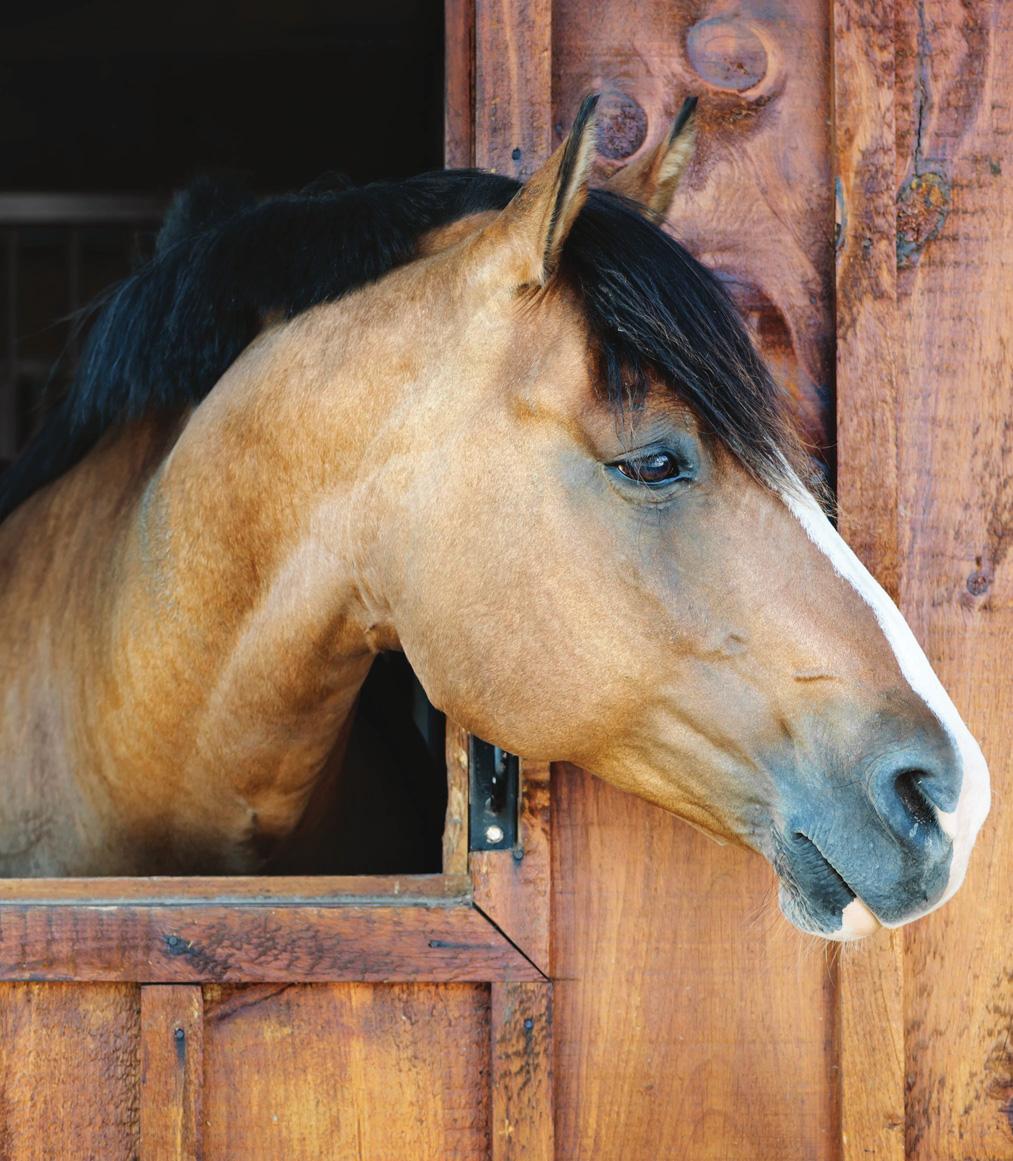
In June of 2011 an outbreak of equine herpes virus (EHV) at a cutting event in Ogden, Utah, changed the horse world. By the time the outbreak was reined in, more than 2,000 horses and 242 premises were exposed in 19 states. Seventeen cases in California alone resulted in the cancellation of 142 of 520 competitions scheduled in the state. And social media panic in response to news reports caused events across the country to shut down even where risk of exposure was nonexistent. Industry experts quickly realized something needed to be done to change the way the horse world responds to the threat of disease.
So where did things go wrong? Let's find out. Ogden taught us a lot about the spread of equine disease, and just how sideways things can go if we don't pay attention. And since 2011 we've learned a lot. In this article, we'll look at what went wrong in Ogden, what we've learned since then, and what steps industry insiders have introduced to keep our horses safe. Most important, we'll help you understand why there are so many regulations in place to control movement of horses and reduce spread of disease, and why it's so important to comply with those (sometimes frustrating) rules.
Anatomy of an Outbreak
There are many different diseases that can lead to widespread outbreaks, including both viruses, such as EHV and influenza, and bacteria, such as strangles. The list is long, and each disease has different characteristics including signs, severity, and mode of spread. Some hit fast and hard, with high rates of infection, while others strike more stealthily. But no matter what the underlying disease is, there are four factors that play into the creation and impact of an outbreak: widespread travel, concentration of large numbers of horses in small spaces, lack of detection, and misinformation that leads to panic.
Widespread Travel
This story is from the {{IssueName}} edition of {{MagazineName}}.
Start your 7-day Magzter GOLD free trial to access thousands of curated premium stories, and 9,000+ magazines and newspapers.
Already a subscriber ? Sign In
This story is from the {{IssueName}} edition of {{MagazineName}}.
Start your 7-day Magzter GOLD free trial to access thousands of curated premium stories, and 9,000+ magazines and newspapers.
Already a subscriber? Sign In

The Horse
LIFE TAKES US DOWN different paths, but I seem to be on just one, which is with the horse.
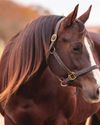
Decoding the Diseases Examined by AQHA's Six-Panel Test
The six-panel test is a diagnostic tool used to assess the genetic predispositions of horses. It's meant to discover if a horse has or is a carrier for certain hereditary diseases and traits.
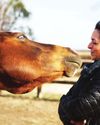
Love is Good
All horses are assured a hopeful, compassionate plan of care at This Old Horse, a program that helps not only horses but people, too.

HORSE PACKING 101
Take your trail riding to the next level with nature-filled adventures in the back or front country.

NEW HORSE; NEW PROBLEMS
Anew horse can bring excitement and energy to the barn, and even reinvigorate your passion. However, there are also a myriad of new problems that can come with a new horse, so learn how to introduce him properly to avoid these common issues.
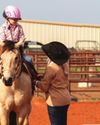
First-Timer Tips
Heading to a young rider's first event with their horse can be intimidating. Use these myths and truths to make it smoother sailing for yourself and your young rider.
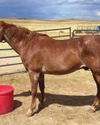
Re-Rescued: Aslan's Story
One special gelding learns about three different types of love during his rescue journey.
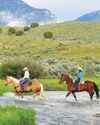
The Country's Hottest Horse Motels
Take your next trail-riding adventure to the next level by staying at one of these six horse motels across the United States.

Outbreak! What We've Learned
Learn how disease outbreaks in recent years have changed the horse industry, and why it's so important to play your part when it comes to disease prevention efforts.

TRAINING THE SENSITIVE HORSE
Shift your mindset and grow your sensitive horse's pressure-handling skills to improve his confidence and your riding enjoyment.